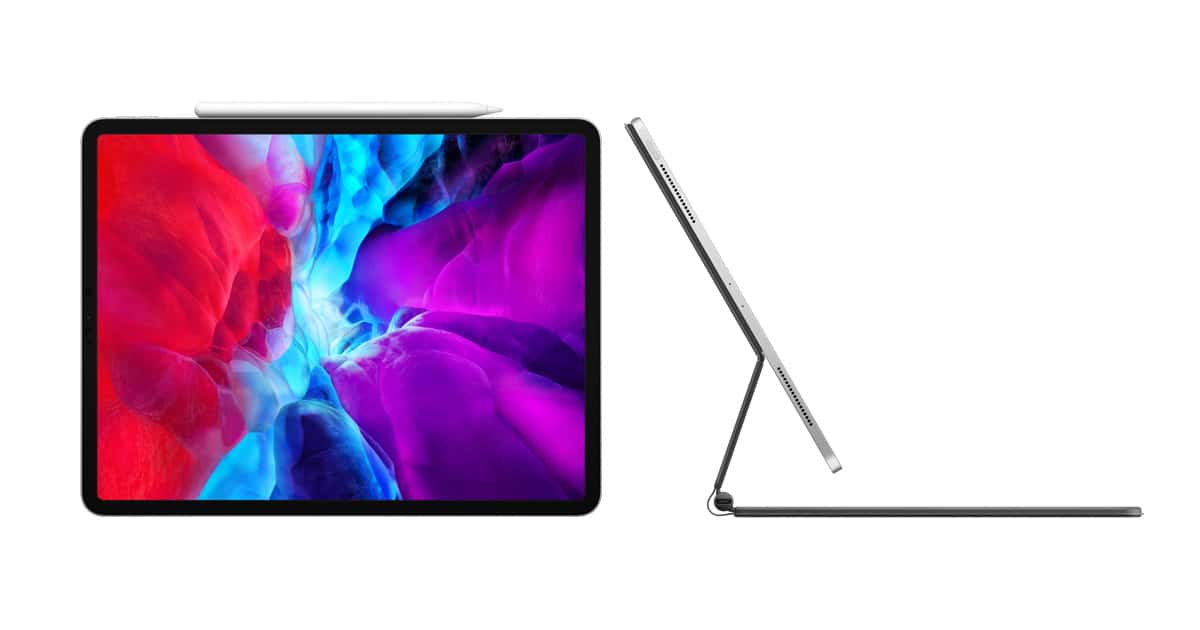If you are thinking of updating your iPad, we have very good news for you. Apple plans to introduce a new line of tablets with OLED displays for the iPad Pro lineup in 2022. Not only that, but they’ll also deploy OLED displays to their MacBook products as well.
The information comes from a section called “Before Going To Press” on the website, so we don’t have any more details about it yet. The post will be ready tomorrow.
Introducing OLED to Apple Products
Apple has been one of the longest-time manufacturers in the mobile phone industry to deploy OLED technology to their mobile phone screens, and it did so through Samsung, one of its main competitors.
The company began integrating OLED displays into its Apple Watch smartwatches in 2015 and gradually increased its adoption. Soon after, in 2017, he did the same by launching an iPhone X with OLED display and a new design.
Since then the signature of the bitten apple logo has been expanding the technology of its screens to other iPhone models to the latest generation with the iPhone 12 line.
There have been many previous rumors that Apple would incorporate OLED screens into its iPads by the end of 2021, but ultimately it looks like the initiative will be delayed. This delay is likely due to the complex health and economic situation we are experiencing internationally.
It was during November that a rumor from Korea indicated that from Apple they planned to introduce a new iPad Pro with an OLED display in the second half of this year 2021.
That rumor suggested that the manufacture of OLED panels would be divided between Samsung and LG. However, analysts dismissed this rumor and mentioned that Apple will not adopt this technology on its iPads until 2022, at the latest.
And now information from a Taiwan supply chain source ensures that the OLED display will reach new iPad Pro and MacBook models by 2022. And how eager we are for this to happen!
Benefits of an OLED iPad Pro Display
Apple’s iPad and MacBook products still use LCD technology on their displays, a technology the company has taken full advantage of and squeezed.
With OLED, devices can benefit from:
- Improved image quality and color reproduction
- Black and white tones are vastly more accurate
- Thinner screen panels and superior technology
- Capable of achieving higher brightness levels
- Energy efficient
Year after year, we saw Apple make the best tablet screens even though its adversaries had already implemented OLED technology. While it is true that the company must rely on the capabilities of its software to achieve such good results.
The truth is that OLED technology offers many more advantages compared to LCD screens. Its pixels automatically light up and turn off to show the black color.
We talk about screens with higher brightness, with more contrast, with brighter whites, and with purer blacks. In addition, OLED displays offer a much wider viewing angle.
But these are not the only advantages provided by the OLED display. This technology makes terminal displays—in this case for both iPad products and MacBook products—much thinner.
And so obviously the device that implements this OLED technology will also be thinner, or you’ll have more room to incorporate other hardware components inside.
However, not everything is advantageous in OLED screens, and this type of screens are much more expensive to manufacture.
Conclusion
To conclude with the topic, it is noteworthy to mention that Apple may also be planning to include OLED technology in other future projects, specifically we are talking about micro OLED screens for augmented reality glasses that the apple logo firm has been working on for years.
What would be the delay in implementing OLED technology on iPad and MacBook? Will you wait until 2022 to renew your iPad?


